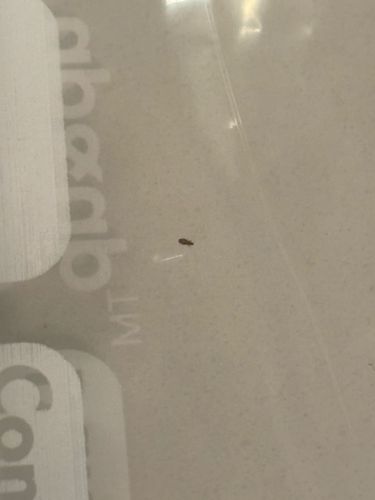Flea
Scientific Name: Siphonaptera (order), various species
Order & Family: Order: Siphonaptera
Size: 1.5 mm - 3.3 mm (0.06 - 0.13 inches)

Natural Habitat
Fleas primarily live on warm-blooded animals, such as cats, dogs, birds, and rodents, feeding on their blood. They can also be found in pet bedding, carpets, rugs, upholstered furniture, and cracks in floors.
Diet & Feeding
Fleas are ectoparasites, meaning they feed on the blood of their hosts. Both male and female adult fleas consume blood meals.
Behavior Patterns
Fleas are known for their exceptional jumping ability, allowing them to easily transfer between hosts. They have a four-stage life cycle: egg, larva, pupa, and adult. Eggs are laid on the host but fall off into the environment, hatching into larvae that feed on organic debris, including adult flea feces (flea dirt). Larvae then pupate in a silk cocoon, emerging as adults when suitable hosts are detected by vibrations, warmth, or carbon dioxide.
Risks & Benefits
Risks include causing itching, skin irritation, allergic reactions (flea allergy dermatitis) in pets and humans. They can also transmit diseases and parasites, such as tapeworms (Dipylidium caninum) and Rickettsia typhi (murine typhus). Benefits are minimal to none for humans or domestic animals; in natural ecosystems, they serve as a food source for some predators and can help control rodent populations through disease transmission in some contexts, though this is generally negative from a human perspective.
Identified on: 9/24/2025